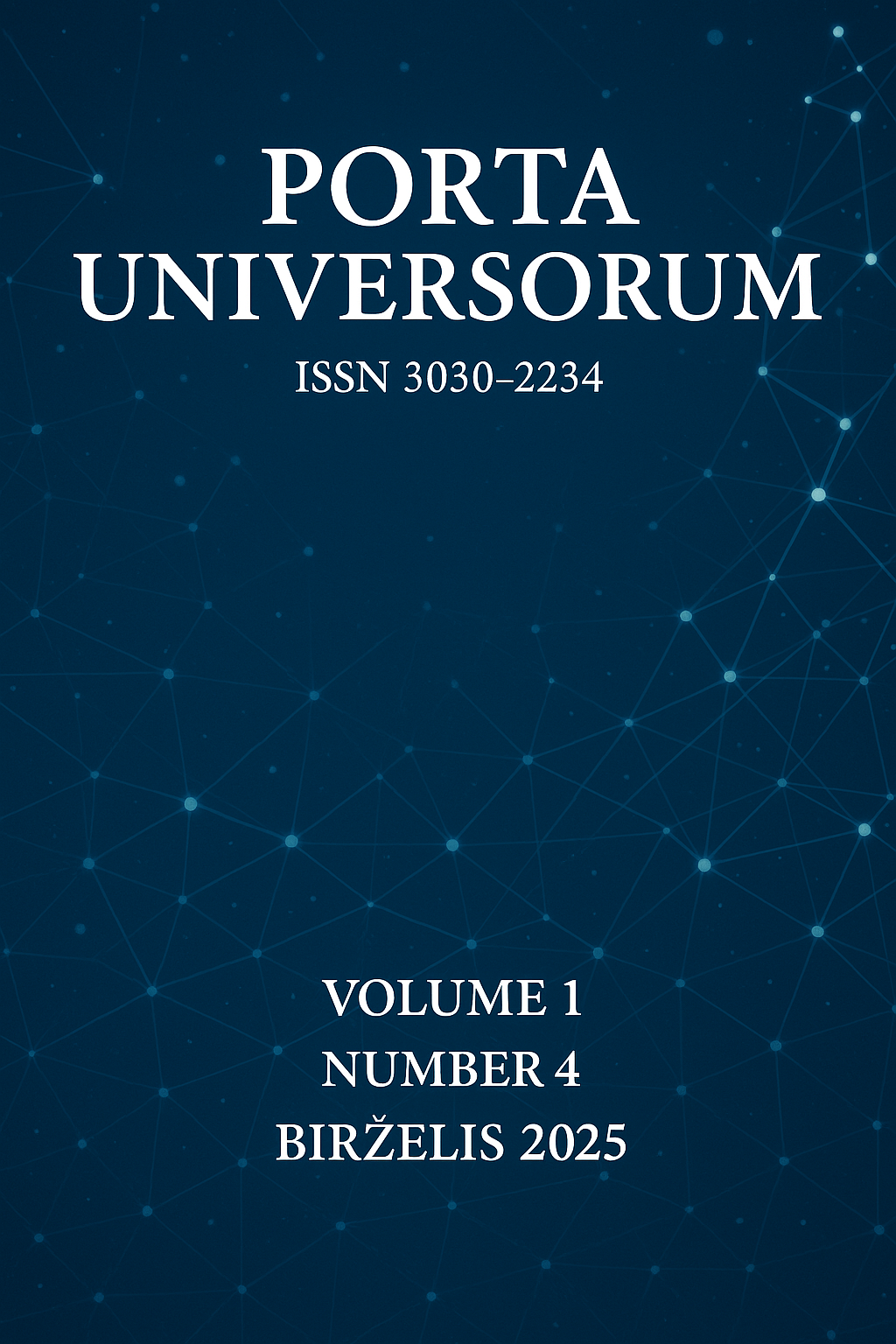Functional Equivalence in the Translation of Legal Terms: Insights from Arabic and Azerbaijani
DOI:
https://doi.org/10.69760/portuni.0104016Keywords:
legal translation, functional equivalence, Arabic, Azerbaijani, Islamic law, civil law, legal terminologyAbstract
This paper examines functional equivalence as a guiding principle in legal translation, drawing on the foundational theories of Nida, Šarčević, and Trosborg. We focus on the challenging case of translating legal terminology between Arabic and Azerbaijani, two languages rooted in distinct legal cultures (Islamic/Sharia-influenced versus post-Soviet civil law). After defining functional equivalence and reviewing its theoretical underpinnings, we overview the respective legal systems and linguistic contexts. We then present a comparative analysis of key legal terms across civil, contract, criminal, and constitutional law, using examples drawn from statutes, codes, and contracts. For instance, Arabic عقد (ʿaqd, “contract”) aligns functionally with Azerbaijani müqavilə (“contract”), while Arabic قتل العمد (al-qatl al-ʿamd, “premeditated murder”) corresponds to Azerbaijani qəsdlə adam öldürmə (intentional homicide). These comparisons, summarized in illustrative tables, show how translators seek concepts in the target legal system that perform the same role as in the source system. We evaluate how functional equivalence promotes legal accuracy and cross-cultural clarity by preserving the function and effect of terms, rather than their literal words. Finally, we discuss pitfalls: literal translations can mislead (for example, rendering شريعة as simply “law” ignores its religious context), and functional equivalence has limits when no close counterpart exists. We suggest strategies such as explicitation, glossing, or hybrid approaches to address non-equivalence. Overall, functional equivalence remains a crucial but not exclusive tool for translators navigating the sociocultural gap between Arabic and Azerbaijani legal discourse.
References
Alaoui, A. (2023). How equivalent is equivalence in Arabic–English legal translation? In D. Cabré, H. Mochalski, & A. Boschetti (Eds.), Handbook of Terminology (pp. 206–223). John Benjamins. https://doi.org/10.1075/hot.3.how2
Aliyeva, A. (2024). Phraseological Units with Color Components in the French Language: A Semantic and Cultural Analysis. Global Spectrum of Research and Humanities , 1(2), 14-25. https://doi.org/10.69760/gsrh.01022024002
Veliyev , E. (2025). The Impact of Modern Technologies on the Development of the Azerbaijani Language. Global Spectrum of Research and Humanities , 2(2), 123-127. https://doi.org/10.69760/gsrh.010120250040
Baker, M. (1992). In Other Words: A coursebook on translation. Routledge.
Cao, D. (2007). Translating law. Multilingual Matters.
Cheng, L., & Sin, K. (2008). Terminological equivalence in legal translation: A semiotic approach. Semiotica, 172, 33–45. https://doi.org/10.1515/SEMI.2008.088
Fujii, Y. (2013). The translation of legal agreements and contracts from Japanese into English: The case for a free approach. Babel, 59(4), 421–444. https://doi.org/10.1075/babel.59.4.03fuj
Li, Y. (2021). Nida’s translation theory of “functional equivalence” and its application in Chinese herbal medicine translation. Advances in Literary Study, 9(1), 11–15. https://doi.org/10.4236/als.2021.91002
Newmark, P. (1988). A Textbook of Translation. Prentice Hall.
Nida, E. A. (1964). Toward a Science of Translating. Brill.
Sarcevic, S. (2000). A New Approach to Legal Translation. Kluwer Law International.
Seyidov, R. S. (2024). Difficulties during translation from Arabic to Azerbaijani. Educational Administration: Theory and Practice, 30(4), 249–257. https://doi.org/10.53555/kuey.v30i4.1442
Šarčević, L. (2005). New Approach to Legal Translation (rev. ed.). Kluwer Law International.
Snell-Hornby, M. (1995). Translation Studies: An Integrated Approach. John Benjamins.
Trosborg, A. (1997). Text Typology and Translation (A. Chesterman, Ed.). John Benjamins.
Way, C. (2016). The challenges and opportunities of legal translation and translator training in the 21st century. International Journal of Communication, 10, 1009–1029.
Downloads
Published
Issue
Section
License
Copyright (c) 2025 Porta Universorum

This work is licensed under a Creative Commons Attribution-NonCommercial 4.0 International License.
License Terms
All articles published in Porta Universorum are licensed under the Creative Commons Attribution–NonCommercial 4.0 International License (CC BY-NC 4.0). This license permits:
-
Sharing (copying and redistributing the material in any medium or format),
-
Adapting (remixing, transforming, and building upon the material),
-
for non-commercial purposes only,
-
with proper attribution to the original author(s) and source.
Commercial use of the material is not permitted without prior written permission from the publisher.




